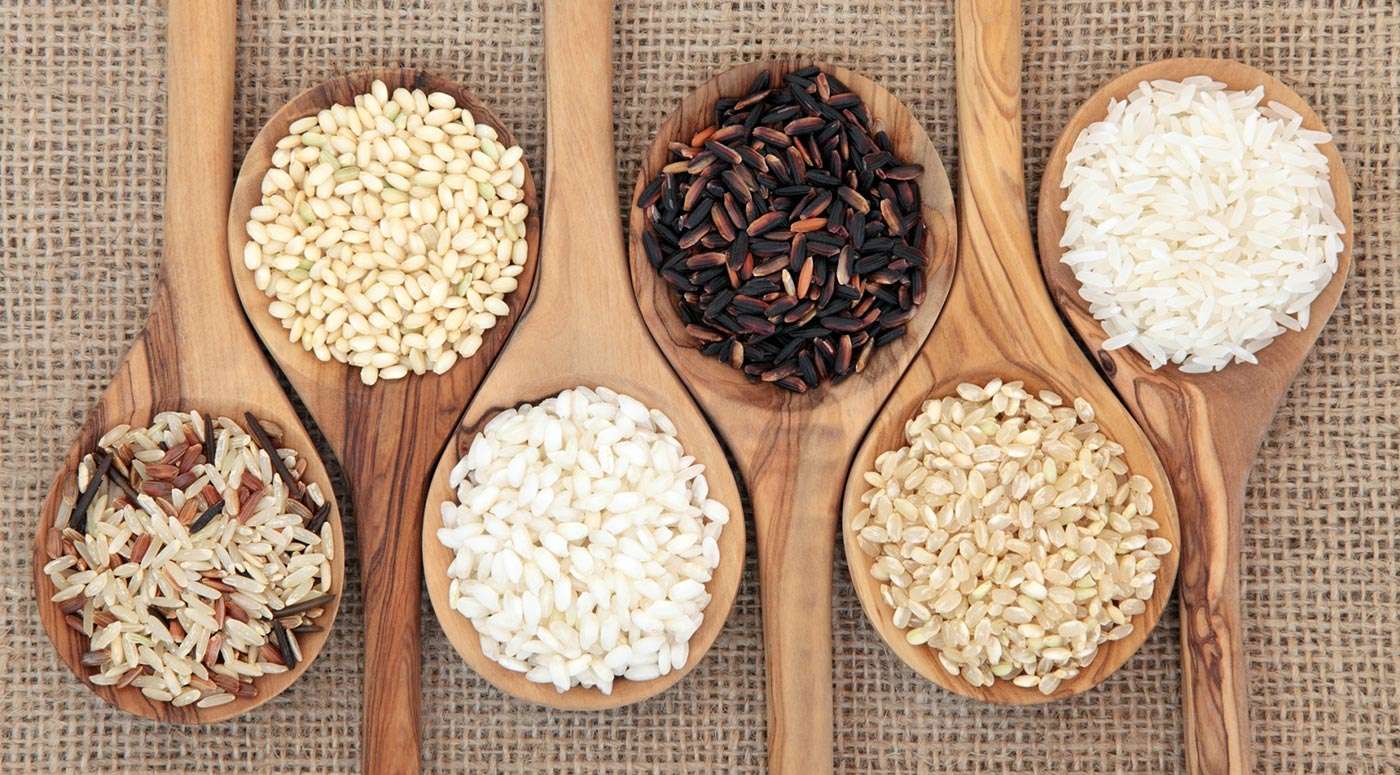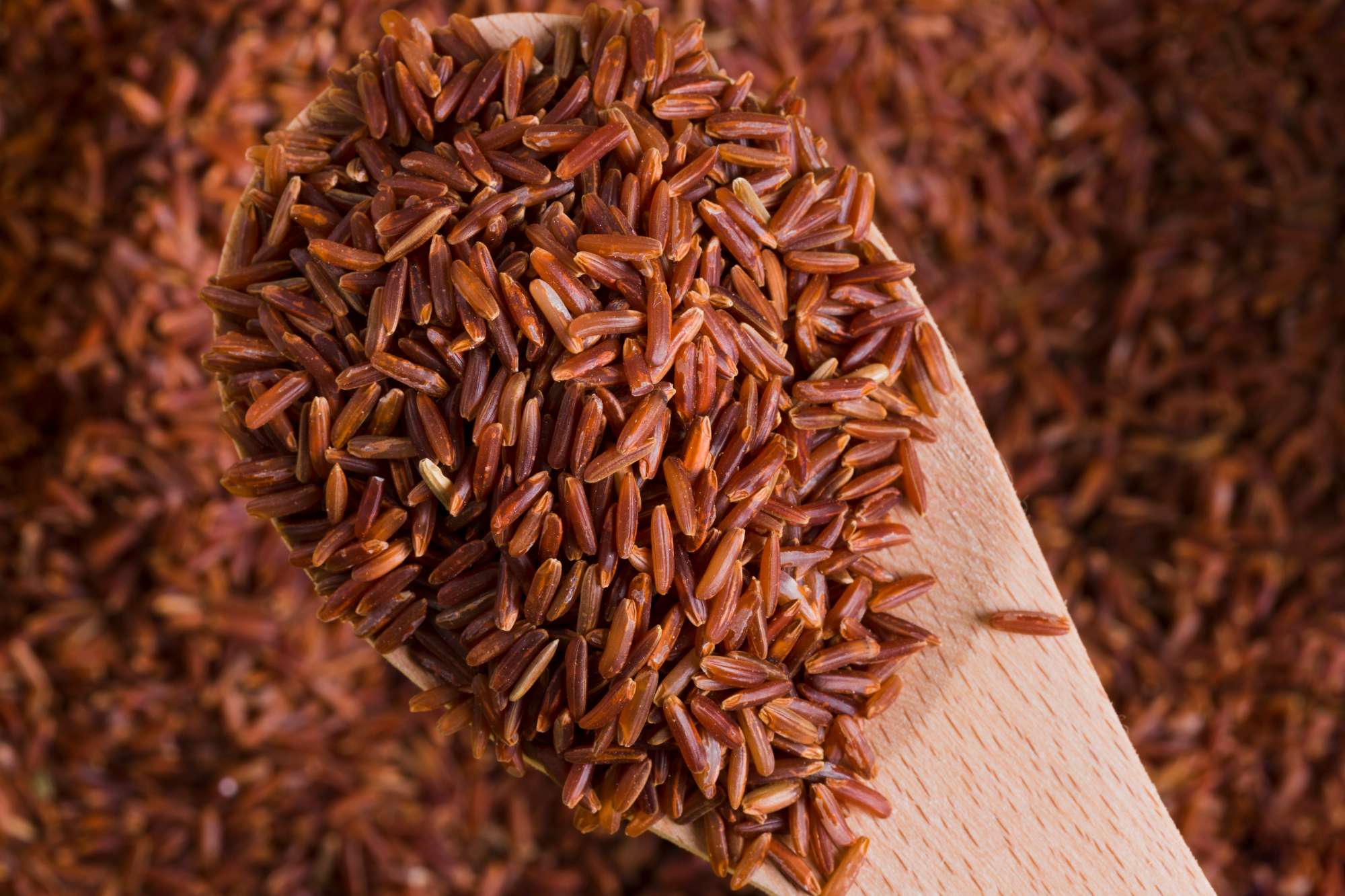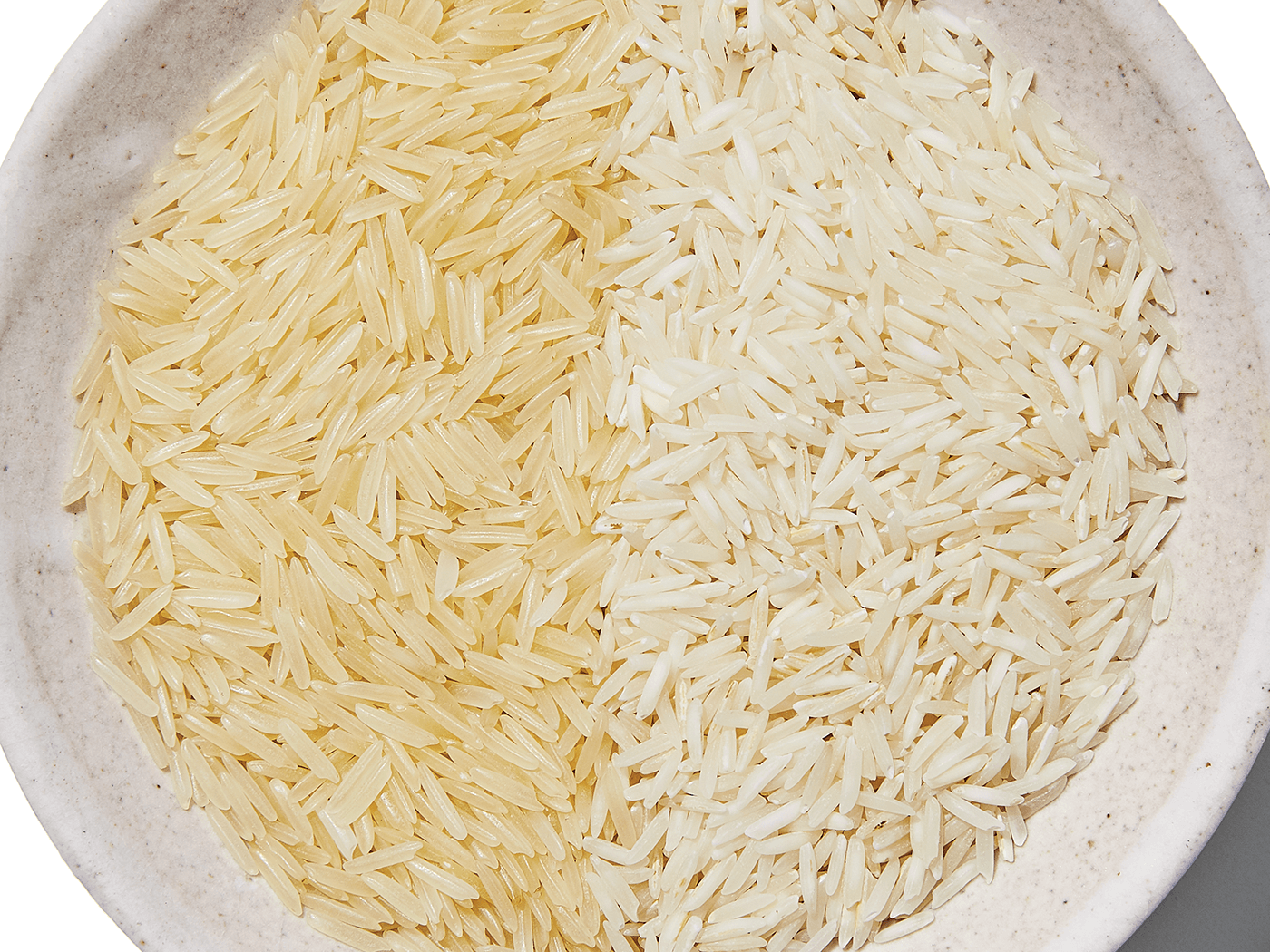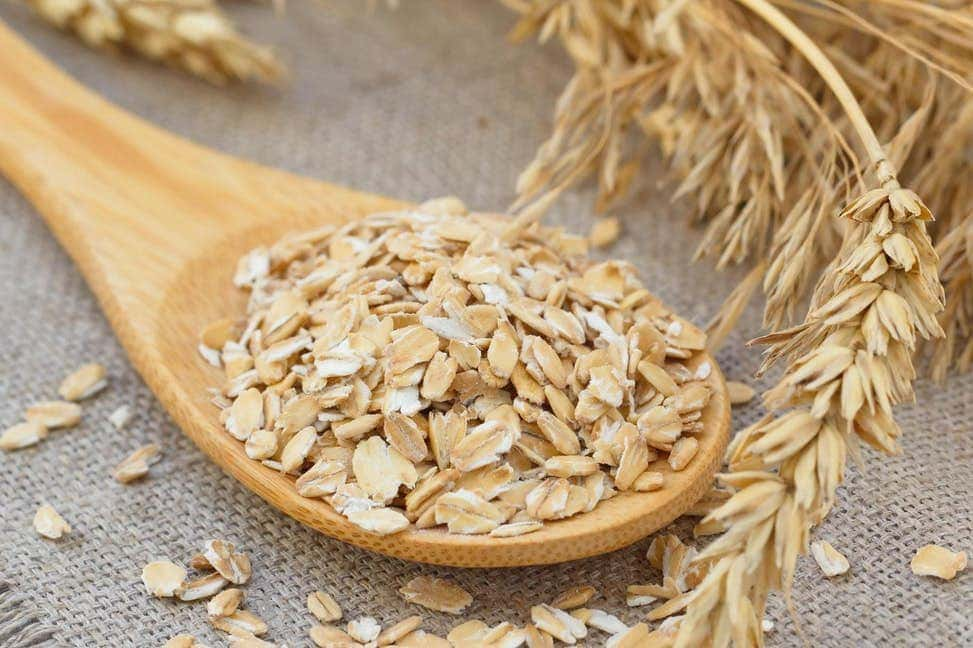Brown rice and white rice, which one is better for your health?
Brown rice and white rice, which one is better for your health?
Brown Rice and White Rice is a versatile grain that is viewed as a staple food by many people, especially in countries like China, Japan, India, Indonesia, and Korea. There are more than 7,000 varieties of rice in a variety of colors, shapes and sizes. The most common types of rice are white rice and brown rice. White rice is the most commonly consumed variety, but brown rice is also a popular choice. Brown rice vs white rice, which is better for your health?
Both white and brown rice are high in starch, but brown rice contains more fiber, nutrients, and antioxidants. When eating white rice, add legumes and vegetables to ensure that you are having a balanced meal. That said, either type of rice can be part of a healthy diet — as evidenced by the long history of white rice in the traditional cuisine of many cultures. Brown rice may have a more favorable nutrition profile, but there’s nothing wrong with having white rice as a part of a balanced diet.
THE DIFFERENCE BETWEEN BROWN RICE & WHITE RICE
All rice consists primarily of carbs, with small amounts of protein and practically no fat.
Brown rice is a whole grain. That means it contains all parts of the grain, including the fibrous bran, the nutritious germ, and the carb-rich endosperm. It’s chewy and takes a while to cook due to its tough bran exterior. White rice, on the other hand, has had the bran and germ removed. Because these are the most nutritious parts of the grain, white rice is left with very few essential nutrients. However, white rice is softer and tends to cook quicker.
Brown rice is packed with essential nutrients like fiber, vitamins, and minerals. It has a lower glycemic index, meaning it releases sugar into the bloodstream more slowly, helping to stabilize blood sugar levels. This can be beneficial for individuals with diabetes or those looking to manage their weight.
White rice, while refined and lower in nutrients, is not inherently bad. It can be a good source of energy, and some brands are fortified with vitamins and minerals. However, it's generally recommended to opt for brown rice more often due to its higher nutritional value.
Ultimately, the best choice depends on your individual dietary needs and preferences. Incorporating a variety of whole grains, including brown rice, into your diet is generally recommended for optimal health.

A NUTRITIONAL BREAKDOWN
While both brown and white rice offer carbohydrates as a primary source of energy, they differ significantly in nutritional value.
1. Brown Rice:
- Fiber:
Brown rice is a rich source of dietary fiber, essential for digestive health, regulating blood sugar levels, and promoting satiety.
- Vitamins and minerals:
Retains essential nutrients like B vitamins, magnesium, iron, and zinc, crucial for various bodily functions.
- Antioxidants:
Contains beneficial plant compounds that help protect cells from damage.
2. White Rice:
- Lower in nutrients:
The milling process removes the bran and germ, stripping away most of the fiber, vitamins, and minerals.
- Higher glycemic index:
Breaks down quickly, leading to a rapid rise in blood sugar levels.
- Enriched varieties:
Some white rice is fortified with vitamins and minerals to boost its nutritional profile.
In conclusion, brown rice is generally considered the healthier option due to its higher nutrient content and fiber. However, both types of rice can fit into a balanced diet. If you opt for white rice, consider pairing it with nutrient-dense foods and choosing enriched varieties.

COMPARING THE PERCENTAGE OF VITAMIN AND MINERAL
Comparing the percentage for a person's recommended daily intake of vitamins and minerals from brown rice and white rice in 100 grams of cooked rice, the differences are as follows:
- Fiber: Brown rice provides 1.6grams and White rice provides 0.4 grams.
- Thiamine (Vitamin B1): Brown rice has 15% and White rice has 14%.
- Niacin (Vitamin B3): Brown rice has 16% and White rice has 9%.
- Vitamin B6: Brown rice has 7% and White rice has 5%.
- Magnesium: Brown rice has 9% and White rice has 3%.
- Phosphorus: Brown rice has 8% and White rice has 3%.
- Iron: Brown rice has 3% and White rice has 7%.
- Zinc: Brown rice has 6% and White rice has 4%
HEALTH BENEFITS OF BROWN RICE AND WHITE RICE
1. Effects on blood sugar levels
Brown rice is high in magnesium and fiber, both of which help control blood sugar levels.
Research suggests that regularly eating whole grains, like brown rice, helps lower blood sugar levels and decreases the risk of type 2 diabetes.
On the other hand, eating lots of white rice has been linked to an increased risk of diabetes. This may be due to its high glycemic index (GI). The GI measures how quickly a food increases your blood sugar. Brown rice has a GI of about 50 and white rice has a GI of about 89, meaning that white rice increases blood sugar levels much faster than brown. However, you can lower the GI of white rice by cooling it. This forms resistant starch, which moves through your digestive tract unchanged and works similarly to soluble fiber. If you can, cook your rice the day before you want to consume it. Then, store it in the refrigerator overnight. Reheat when you are ready to eat it.
Note, white rice that has been boiled, cooled and reheated has a GI of 53, just 3 units higher than Brown rice.
You can also combine rice with foods like vinegar or oil, which can lower the GI. Furthermore, you can try other varieties of rice with lower GIs, such as basmati (indian)

2. May reduce heart disease risk
Studies suggest that eating brown rice helps reduce several risk factors for heart disease. An analysis of 45 studies found that people who ate the most whole grains, including brown rice, had a 16–21% lower risk of heart disease than people who ate the fewest whole grains. Whole grains like brown rice may also lower total and LDL (“bad”) cholesterol. Brown rice has even been linked to an increase in HDL (“good”) cholesterol. But these findings aren’t consistent across all populations.
3. Rich in antioxidants
The bran of brown rice contains many powerful antioxidants, which can help neutralize harmful free radical compounds and reduce inflammation in the bod. Studies show that due to their antioxidant levels, whole grains like brown rice may help prevent chronic diseases such as heart disease, cancer, and type 2 diabetes.
4. Aids weight control
Eating brown rice instead of white may also significantly reduce weight, body mass index (BMI), and circumference of the waist and hips. In one study including 29,683 adults and 15,280 children, researchers found that the more whole grains people ate, the lower their body weight. Additionally, a randomized controlled trial in 40 women with overweight and obesity found that brown rice reduced body weight and waist size, compared with white rice.
While brown rice is considered the healthier choice, white rice is a staple in many traditional cuisines and has been for centuries, that's mean white rice also offers some nutritional benefits.
5. Brown rice contains antinutrients
Antinutrients are plant compounds that may reduce your body’s ability to absorb certain nutrients. Brown rice contains an antinutrient known as phytic acid, or phytate, that makes it more difficult to digest. While phytic acid may offer some health benefits, it also reduces your body’s ability to absorb iron and zinc from food. Soaking rice before cooking can help retain some of the nutritional value. Over the long term, eating phytic acid with most meals may contribute to mineral deficiencies. However, this is very unlikely for people who eat a varied diet.
6. Brown rice contains arsenic
Brown rice tends to be higher in arsenic than white rice. Arsenic is a toxic heavy metal that is naturally present in the environment, but it has been increasing in some areas due to pollution. Significant amounts have been identified in rice and rice-based products. Long-term consumption of arsenic may increase your risk of chronic diseases including cancer, heart disease, and type 2 diabetes. However, this should not be a concern if you eat rice in moderation as part of a varied diet. A few servings per week should be fine.
7. Quick energy source
White rice is easily digestible and provides a rapid source of energy, making it suitable for athletes or individuals with high energy demands.
8. Gluten-free
White rice is naturally gluten-free, making it a safe choice for people with celiac disease or gluten sensitivity.
9. Enriched varieties
Many commercial white rice brands are enriched with vitamins and minerals like iron and folate, boosting their nutritional profile.
10. Digestive ease
The lower fiber content of white rice can be beneficial for individuals with digestive issues.
It's important to note that while white rice offers some benefits, it's generally recommended to incorporate a variety of whole grains, including brown rice, into your diet for optimal health.
Compiled and penned by Crocus Media

